A crash course about coffee. Learn the basics about coffee production, supply chain, and coffee trading.
What Is Coffee?
Most people think about Coffee as the ubiquitous hot beverage prepared from coffee beans. Few understand how complex is the process behind a simple cup of coffee.
Coffee beverages are slightly acidic and produce an stimulating effect on humans, due to its caffein content. That makes them so popular.
RELATED: Who Moves The Coffee Markets? Meet The World’s Largest Green Coffee Traders
Let’s have a look on how coffee originated and how does coffee reach a supermarket shelf.
The Origin Of The Word Coffee
Coffee originated naturally in the African highlands.
The English word coffee originated in the late 16th century from Arabic as follows:
- Qahva (Arabic)
- Kahveh (Ottoman Turkish)
- Koffie (Dutch)
- Coffee (English, c. 1582)
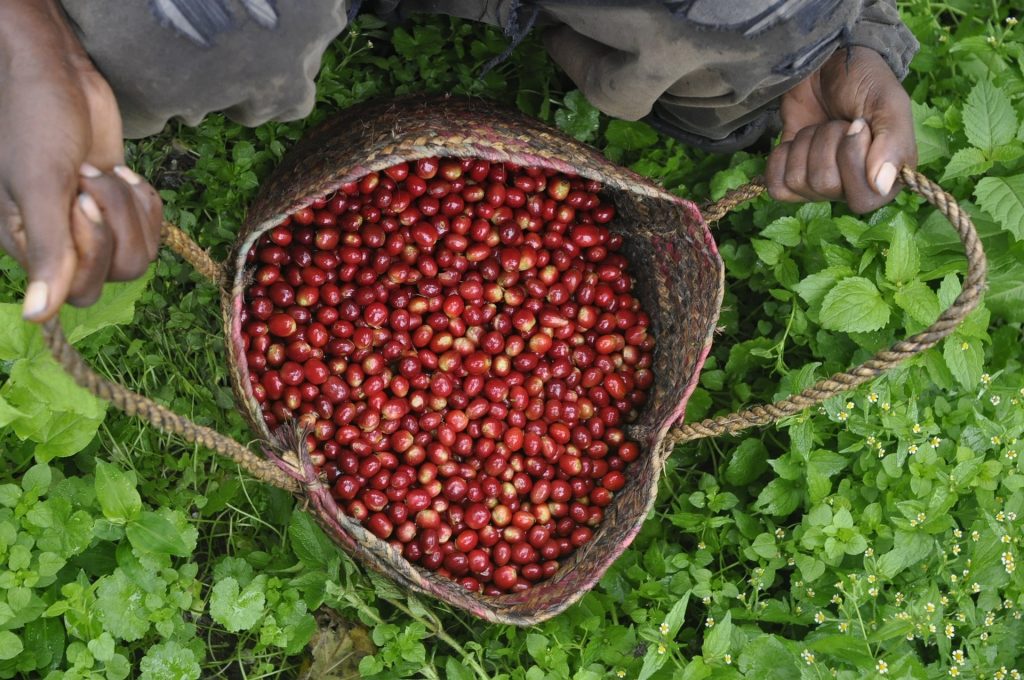
A Short History Of Coffee
Where Did Coffee Originate?
The original plant of coffee belongs to the genus “Coffea”, and it’s native to Tropical Africa (especially Ethiopia and Sudan), but can also be found around Madagascar, Mauritius, Comoros, and Reunion.
Robusta coffee seems to have originated around the African Atlantic Coast (Kouilou region and in and around Angola), and also at the Great Lakes region.
The history of coffee starts not later than the 10th century in the present-day mountainous country of Ethiopia, in East Africa.
The ancestors of the Oromo ethnic group in Ethipia seem to have been the first to discover the energising effects of the coffee fruits.
The highlands of Ethiopia seem to be the birthplace of the undomesticated plant of coffee.
Yemenese traders were the first to expand the cultivation of coffee when they brought back the coffee seeds, and started planting in their own lands.
The first factual evidence of coffee drinking dates around the 15th century, in present-day Yemen, in Sufi monasteries.
How Did Coffee Cultivation Spread Out?
By the 16th century, traders spread the consumption of coffee all around the Middle East, and Southern India.
Coffee then arrived to the Balkans and Italy to Europe, and parallely Dutch traders brought it to South East Asia, and later the Americas.
French botanists brought it to Paris and from there spread it to their colonies of Reunion Island (then called Bourbon).
Coffee trees are currently cultivated in over 70 countries all around the world.
The Main Coffee Varieties.
There are mainly two types of coffee: Arabica and Robusta.
Additionally, there are tens of commercial coffee sub-varieties in the markets and thousands of native varieties scattered around the original coffee homeland in Ethiopia.
The botanical taxonomy of coffee is as follows:
- Kingdom: Plantae
- Phylum: Angeisperma
- Class: Asteridae
- Order: Gentianales
- Family: Rubiace
- Genus: Coffea
- Species: Arabica (or also Canephora aka Robusta)
Varieties represent small cohesive groups of genetically very similar plants that show common characteristics.
Coffee varieties are all part of the same species. Like for example in the case of apples.
You can infer a lot about a coffee variety just by looking at it when it is still fresh. You expect green Grand Smith apples to taste rather sour/acidic compared to some sweeter delicious red apples.
Arabica Coffee Trees
Arabica trees are prized for their quality coffee beans and grow at higher attitudes, usually on volcanic soils, produce less coffee cherries which are more aromatic and contain less caffein.
Arabica varieties cost more to produce and yield better quality outputs, therefore trade at a premium to (are more expensive than) robusta coffees.
Robusta Coffee Trees
Robusta varieties grow in harsher conditions at lower attitudes.
Robusta coffee plants are highly productive and their coffee fruits are considered stronger and contain more caffein.
Robusta coffee beans are more bitter and less flavory than Arabicas. Thus they are also cheaper.
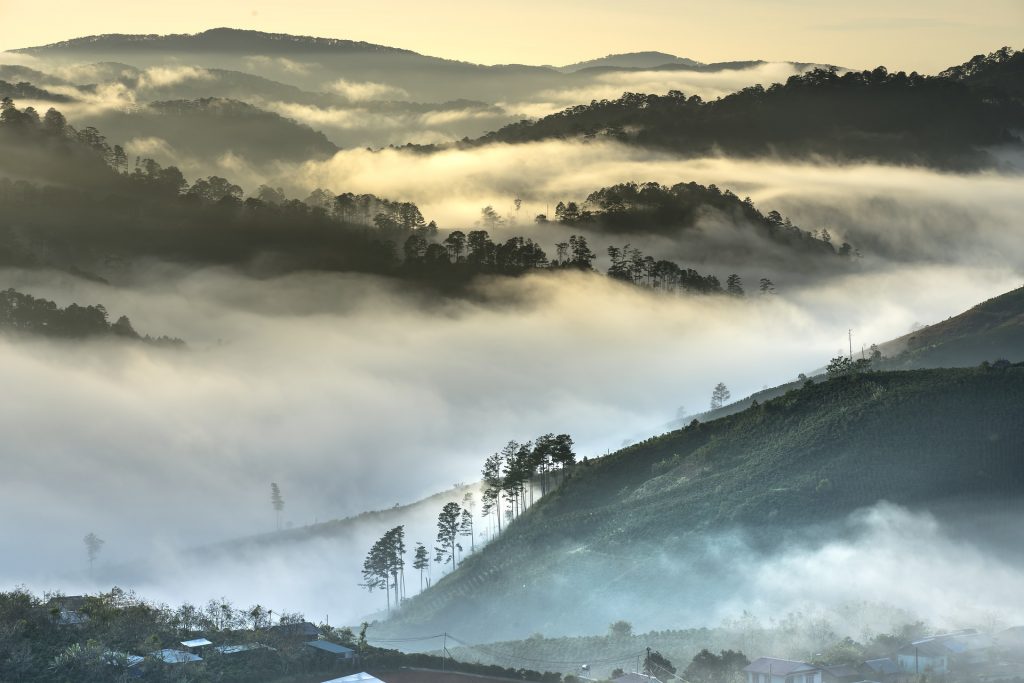
Coffee Production: Where Does Coffee Grow Today?
This article should serve as an introduction to coffee production.
Currently, coffee is grown worldwide around the tropics. The main coffee producers are Brazil, Vietnam, Colombia, Indonesia, and Ethiopia.
Most countries grow both Arabica and Robusta trees.
The production landscape is divided into two main groups: a lot of small famers, and large farms and estates.
Coffee grows in most of the tropical countries:
- Africa
- Angola
- Burundi
- Cameroon
- Central African Republic (CAR)
- Cote d’Ivoire (Ivory Coast)
- Democratic Republic of Congo (DRC)
- Ethiopia
- Gabon
- Guinea
- Kenya
- Madagascar
- Malawi
- Rwanda
- Sierra Leone
- South Sudan
- Tanzania
- Togo
- Uganda
- Zambia
- Zimbabwe
- Asia
- China
- India
- Indonesia
- Democratic Republic of Lao
- Papua New Guinea
- Philippines
- Thailand
- Timor Leste
- Yemen
- Central America
- Belize
- Costa Rica
- Cuba
- Dominican Republic
- El Salvador
- Guatemala
- Haiti
- Honduras
- Jamaica
- Mexico
- Nicaragua
- Panama
- North America
- USA (Hawaii)
- South America
- Colombia
- Ecuador
- Paraguay
- Peru
- Venezuela
Coffee Plant Required Nutrients
The following chemical elements (nutrients) are essential for the growth of coffee plants.
- Non-Mineral Nutrients
- CO2 from air
- H2O (water)
- Primary Mineral Nutrients
- Nitrogen (N)
- Phosphorous (P)
- Potassium (K)
- Secondary Mineral Nutrients
- Calcium (Ca)
- Magnesium (Mg)
- Sulphur (S)
- Micro Mineral Nutrients
- Boron (B)
- Chloride (Cl)
- Copper (Cu)
- Iron (Fe)
- Manganese (Mn)
- Molybdenum (Mo)
- Nickel (Ni)
- Zinc (Zn)
Coffee Producers: Smallholders
Small communities of farmers usually grow small areas and sell to cooperatives that subsequently sell the green beans to larger traders.
Some sell their coffee in “cherry” while others wet-process it and then sell it wet or more commonly in dry (parchment)
This is because their small production is insufficient to access consumption markets directly.
Large Coffee Producers
Large producers (farms & estates) usually have their own marketing arms that sell directly to final markets or through international commodity traders.
Large producers often also roast the beans and sell directly to retailers, as they try to capture more value in the value chain.
Coffee Plantation Substitute Crops
Many small-scale coffee producers prefer to diversify their income by planting different crops in the same land plots.
Coffee crop substitutes include: coca leaf, poppy, nut trees, cocoa, plantains, and other tropical fruits.
There are institutional initiatives in place to try persuade coca leaf (Colombia, Bolivia, etc) and poppy producers (Myanmar) to switch their crops to coffee.
However, farmers are usually cash-strapped and low coffee prices have pushed many to abandon their coffee plants for more lucrative crops.
Specialty coffee is probably the best way to curve the production of illicit crops, since higher quality green coffee beans will command higher prices in the markets.
Also, small farmers usually intercrop their coffee farms with banana, plantain, yuca, cocoa, and other crops.
Market structure
Coffee roasting is fairly concentrated. The largest 3 roasters control about 45% of the world’s roasting.
RELATED: Learn here who are the largest coffee traders.
Four large traders control about 40% of the total coffee trading.
Optimal Age Of Coffee Trees
Coffee trees can live up to 100 years. Older trees generally yield better and richer crops.
Generally, plants above 30 years old yield very consistent good crops.
Producers usually eliminate the flowers in plants younger than 6 years to reduce unnecessary stress in the plant and speed up the growing process.
Other producers claim that plants are ready to produce from the third year, and fully cut down the trunk every 9 years or so to maintain the plant within reach.
Sustainable Coffee Trading: Fair Trade Coffee
Fair trade supports farmers in their quest to achieve higher prices and better conditions for their crops.
Coffee production is highly labor-intensive and mainly originates in impoverished economies.
The International Coffee Organisation used regulate international coffee prices until the late 1970s.
This lead to the proliferation a number of fair trade initiatives that foster transparency in the supply chain, and fairer wages for the coffee pickers and farmers.
Nowadays, a number of initiatives try to improve the conditions of the producers while maintaining competitive prices for the consumers.
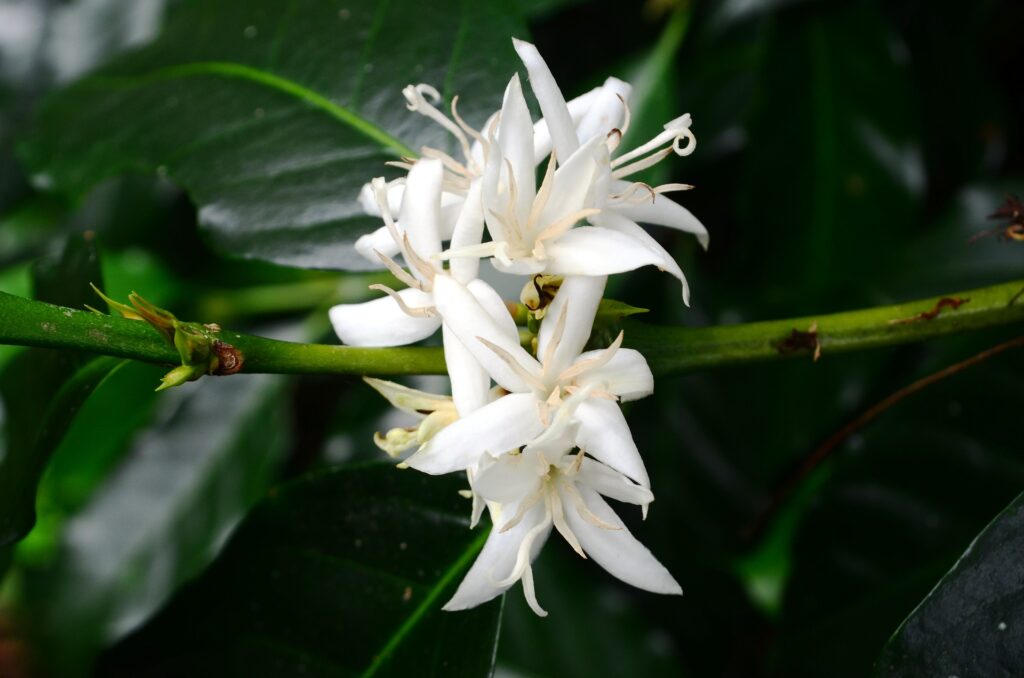
Coffee Flowering Process
The flowering of the coffee tree is induced by a variety of internal and external factors, which are interdependent.
A change in the metabolic state of the coffee plant will lead to the start of the flowering state.
Coffee belongs to the dicot family of plants. Thus the embryo plants (seeds) that the flowers produce will have two cotyledons.
The flowering process itself takes generally about 8 days.
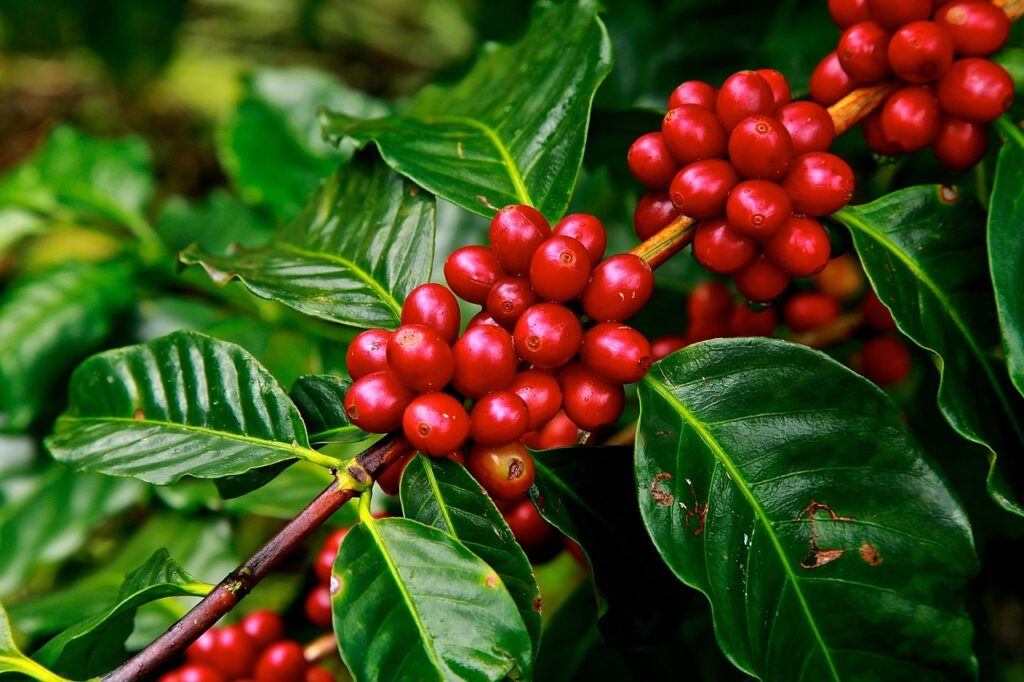
What Is A Coffee Cherry?
Coffee plants grow coffee fruits, commonly called coffee cherries.
Each coffee cherry contains either one male seed or one female seed. Male coffee seeds are rare, and represent only about 5% of the total coffee cherries.
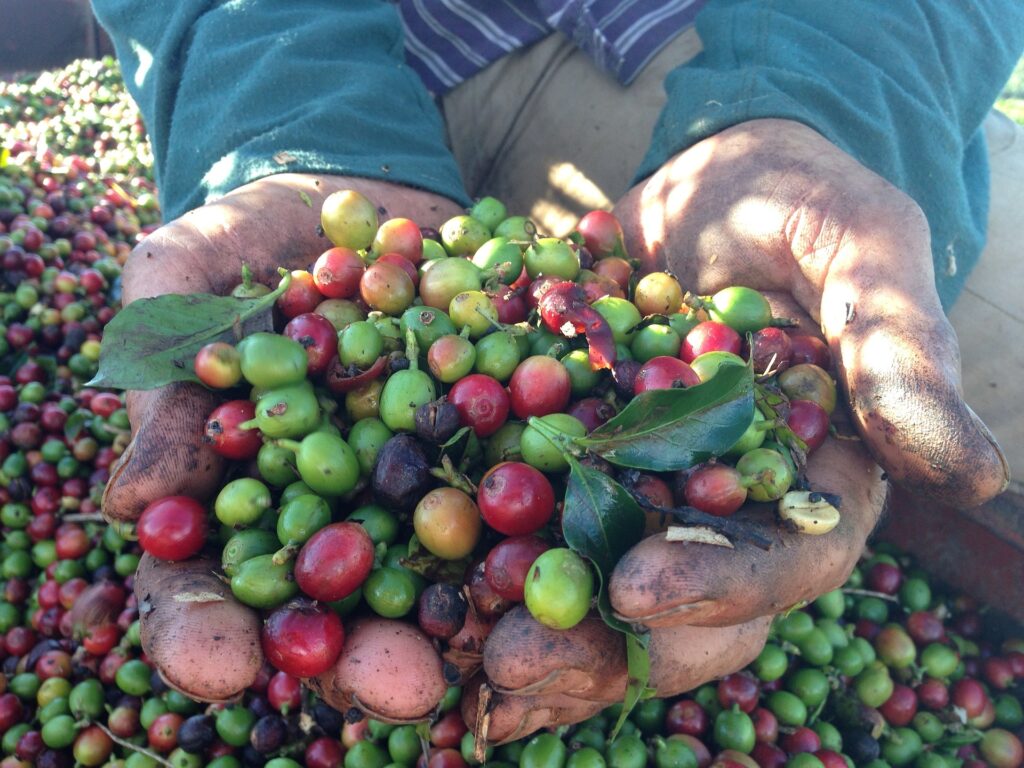
When Are Coffee Beans Ripe?
The coffee cherry grow green and turn red only when ripe.
Coffee fruits do not ripe at once, but over a period of about 6 months.
To ensure high-quality coffee, the pickers should only pick red beans. This makes the collection of coffee very labor intensive, as pickers need to visit the plants every week to monitor the ripeness of coffee cherries.
To obtain good coffee, one needs to pick and process only ripe coffee cherries. Green cherries will lead to sour, low quality coffee.
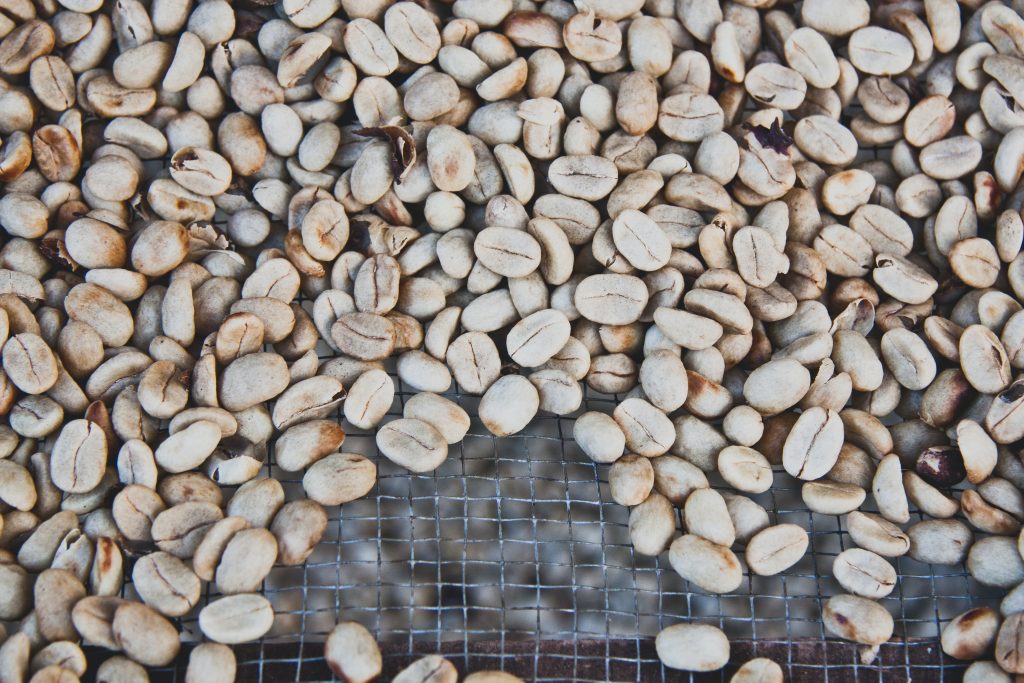
Coffee Bean Parchment
Washed coffee beans are first called parchment, as they exhibit a white thin layer that protects them.
At origin, most coffee, stays in parchment until it is actually sold to a buyer. It’s only then that the coffee is dry-milled into green exportable beans.
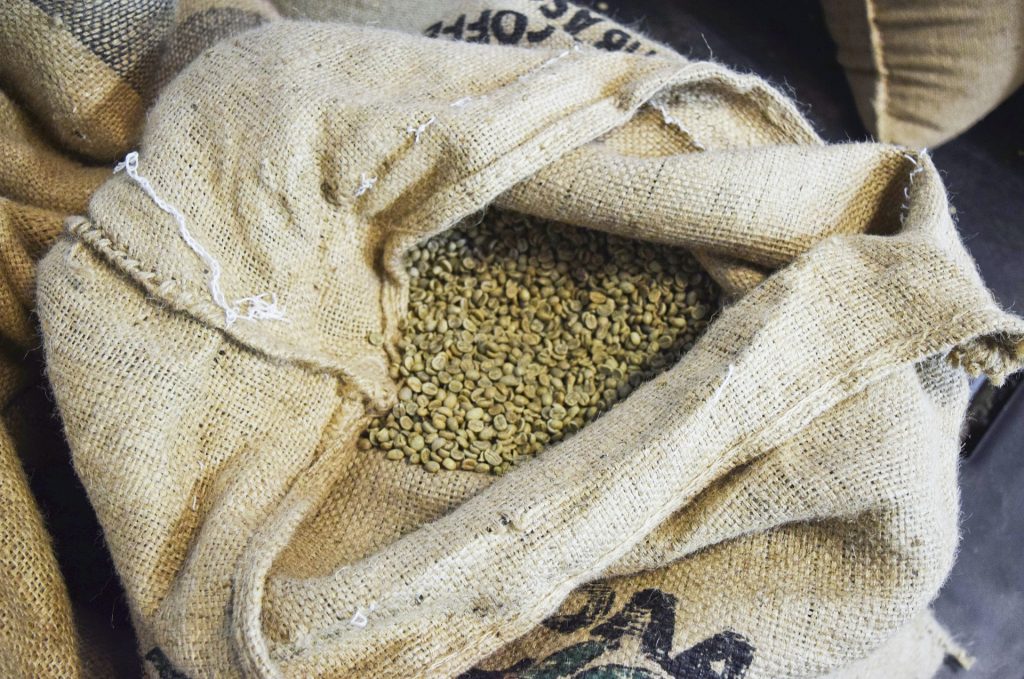
Green Coffee
Green coffee is basically a coffee seed that has been processed to remove the parchment.
RELATED: The World’s Best Specialty Coffee Traders & Importers (Green Coffee)
Coffee producers produce green beans using a dry method (natural dried), washed method (pulped, fermented, and washed, dried), or honey (pulped & dried)
The Supply Chain Of Coffee Beans.

1 – Pick coffee cherry
The first step is to pick and sort out the coffee fruits. Only ripe coffee cherries should be picked.
Dark or black dead coffee cherries should be completely dismissed. Producers keep them and sell them as a side-product.
Pickers collect the coffee cherries from the plantation. Collection is also performed by machines in some countries.
2- Float coffee cherry
Once coffee cherries are ready, producers “float” them to separate low-quality from the rest.
Floating can easily be done by putting all coffee cherries in a water tank. Those cherries that float can be treated separately.
3- Pulp coffee cherry
Coffee cherry is then “pulped”, this means the pulper crashes the cherry and separates the “coffee parchment bean” from the pulp and coffee skin.
4- Ferment coffee parchment
Coffee parchment is then stored in a tank usually with some coffee pulp (“mucilage”).
The parchment then undergoes a fermentation process that removes the coffee mucilage from the beans.
Longer fermentations usually bring better flavors but at the expense of increased yield losses and bean defects.
5- Dry coffee parchment
After the fermentation is completed, the most important priority becomes stopping the fermentation and drying the coffee parchment.
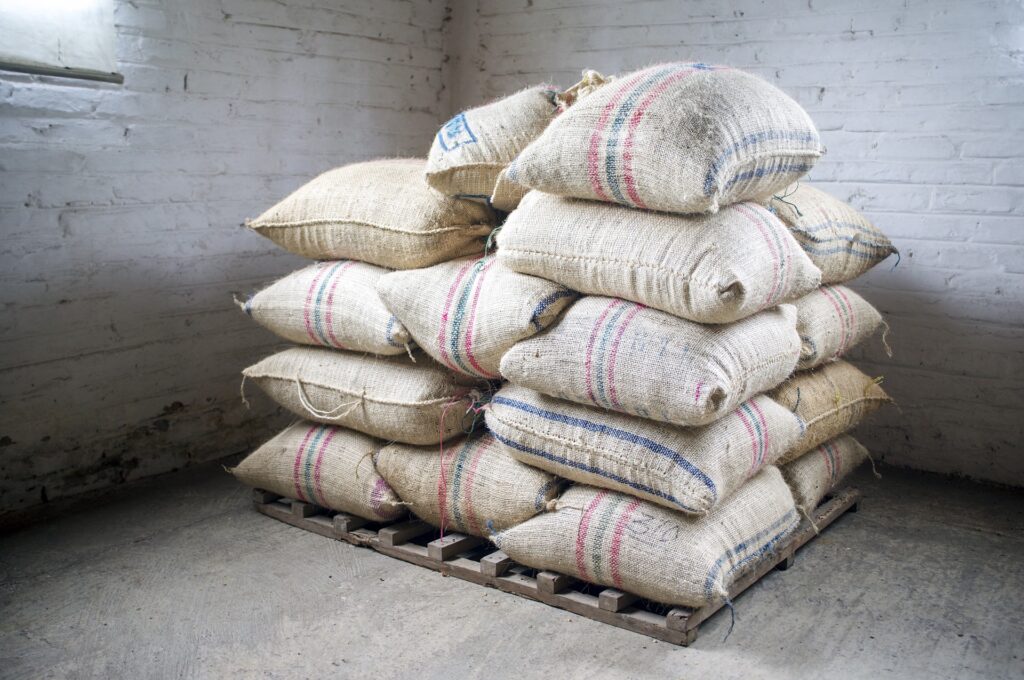
Coffee Storage in Sacks / Bags
Green Coffee can be stored in coffee sacks. Coffee shipments are usually done in coffee sacks.
How Much Do Coffee Bags Weigh?
- 60 KG: Asia, Africa, Brazil
- 69 KG: Central America, Peru
- 70 KG: Colombia
- 25 KG: Coffee “boxes”
How Many Coffee Bags per pallet?
- Euro Pallet: 10 bags
- Coffee Pallet: 25×60 KG or 20×69/79KG

Coffee Cultivation
Soil
Coffee grows best in rich and fertile soils.
RELATED: A Short Introduction To The Production Of Coffee In Kenya
Coffee requires a high nitrogen and iron-rich soils.
Volcanic soils work well for coffee growing.
Temperature
Coffee requires a relatively cool climate, ideally between 15-24 degrees Celsius (59-75F) all year round.
Warmer weathers will decrease production due to slower photosynthesis, while colder higher-altitude temperatures could lead to frost damage when temperature falls under freezing point.
High temperature amplitude will generally yield better fruits with more complex flavours.
Coffee trees like full sun conditions, but shadowy environments work well too in extremely sunny tropical conditions.
Rainfall
High quality coffee requires in excess of 1000 mm rainfall per year, optimally 1500-2500 mm to fall within a period of nine months, with the other 3 months being a “dry season” that allows for harvesting.
Areas with less rainfall can use irrigation systems as an alternative to supplement the poor rainfall.
Finally, a period of high moisture after a dry spell is generally productive as it helps cause homogeneous flowering, which then leads to a clearly defined harvesting season.
Latitude
Coffee can grow at a range of locations between the Tropic of Cancer and the Tropic of Capricorn.
Attitude
Attitude is one of the most important aspects and will have an impact on the quality of the coffee cherries. As a rule of thumb, coffees grown at higher attitudes are of higher quality.
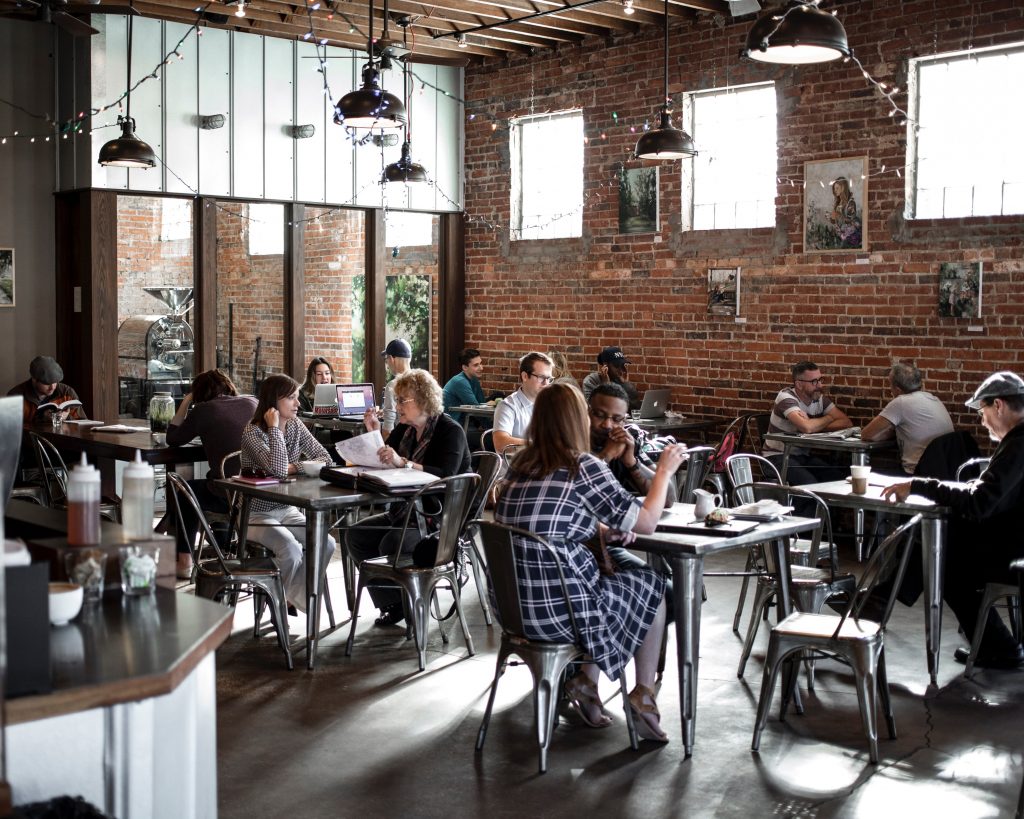
Coffee Consumption: Who Drinks Coffee?
The main consumers of coffee are USA, Brazil, Germany, UK, Italy, France, Belgium, and Japan.
RELATED: Who Moves The Coffee Markets? Meet The World’s Largest Green Coffee Traders
The largest coffee demand comes from countries that are net importers.
However, developing economies and particularly coffee-growing developing economies are increasing the consumption of coffee.
China will be one of the main contributors of growth in the consumption of coffee in the coming years.

Coffee Futures Trading
The main international future markets for coffee are New York (arabicas) and London (robustas).
RELATED: Who Moves The Coffee Markets? Meet The World’s Largest Coffee Traders
There are additional future markets in Sao Paulo and Tokyo.
Coffee Futures Contract Specifications
Coffee futures are traded at the CME and ICE.
Ticker Symbols:
- KC Arabica Coffee (ICE). Contract Size: 37,500 pounds.
- KT Robusta Coffee (CME Globex). Contract Size: 1MT.
Coffee Physical Trading
The main coffee (physical) trading hubs for green beans in North America is New York.
RELATED: Who Moves The Coffee Markets? Meet The World’s Largest Coffee Traders
In Europe, the main coffee trading hubs are Le Havre & Marseille in France, and Hamburg & Bremen in Germany.
The Main trading offices are located in London, Paris, Amsterdam, and Switzerland.
Main Price Drivers Of The Coffee Market
Coffee prices are generally highly volatile and highly susceptible to weather supply chain disruptions.
RELATED: The Top 15 Colombian Coffee Exporters
While the market has been in “production surplus” in 2017 and 2018, which lead to lower prices, this situation is unsustainable for farmers, thus putting pressure on price in the medium and long term.
Main price drivers:
- Supply Chain disruptions
- Geopolitical instability in producing countries
- Climatic Factors
- Speculators
- Moves by the big large coffee traders
Coffee Organizations
Learn more about coffee from these leading institutions.
- SCA – Specialty Coffee Organisation (aka as SCAA)
- ICO – International Coffee Organisation
- WCR – World Coffee Research
- FAO – Food and Agriculture Organisation
Further Reading
Have a look at our article on “Who moves the coffee markets”


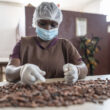

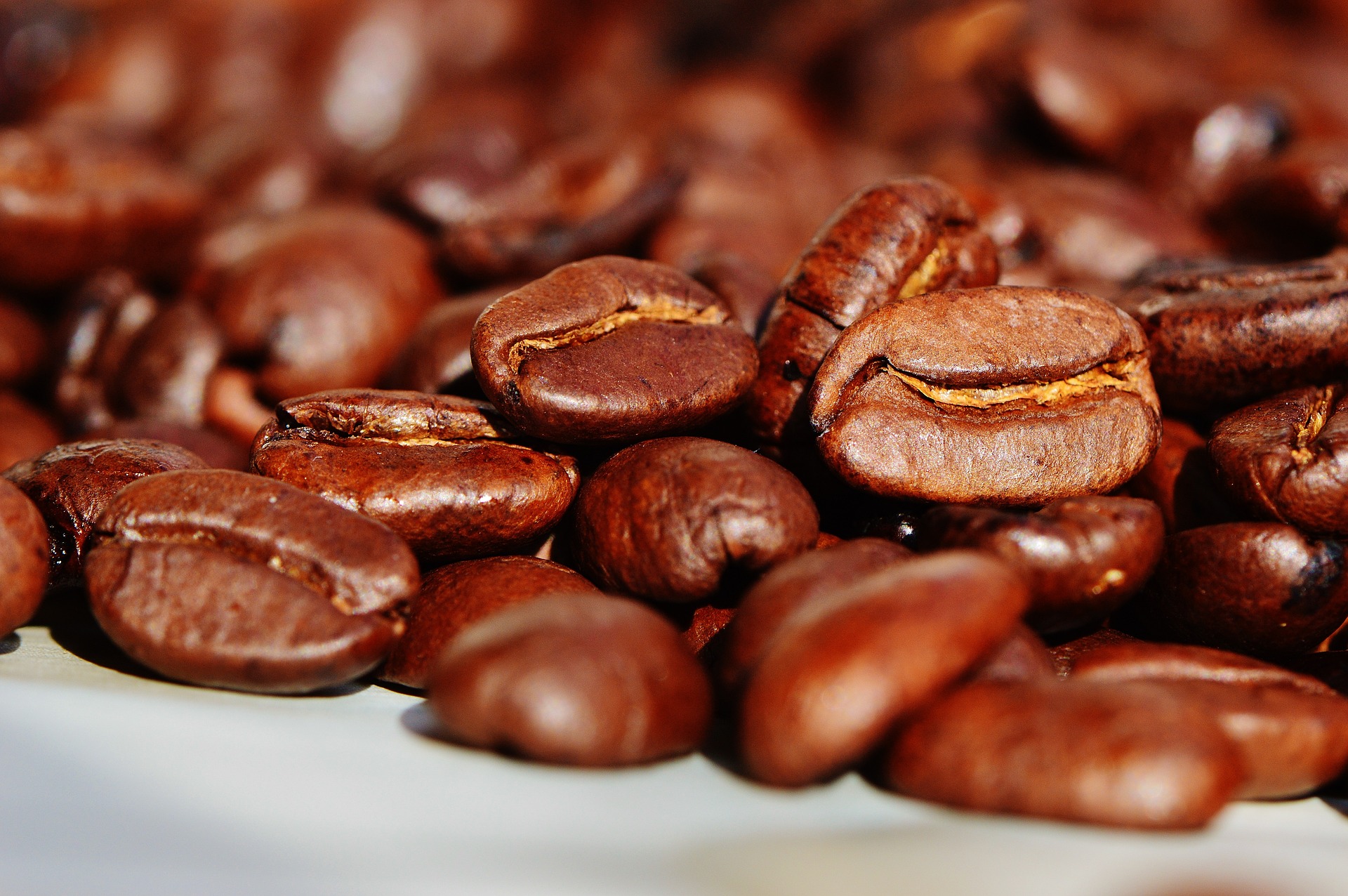

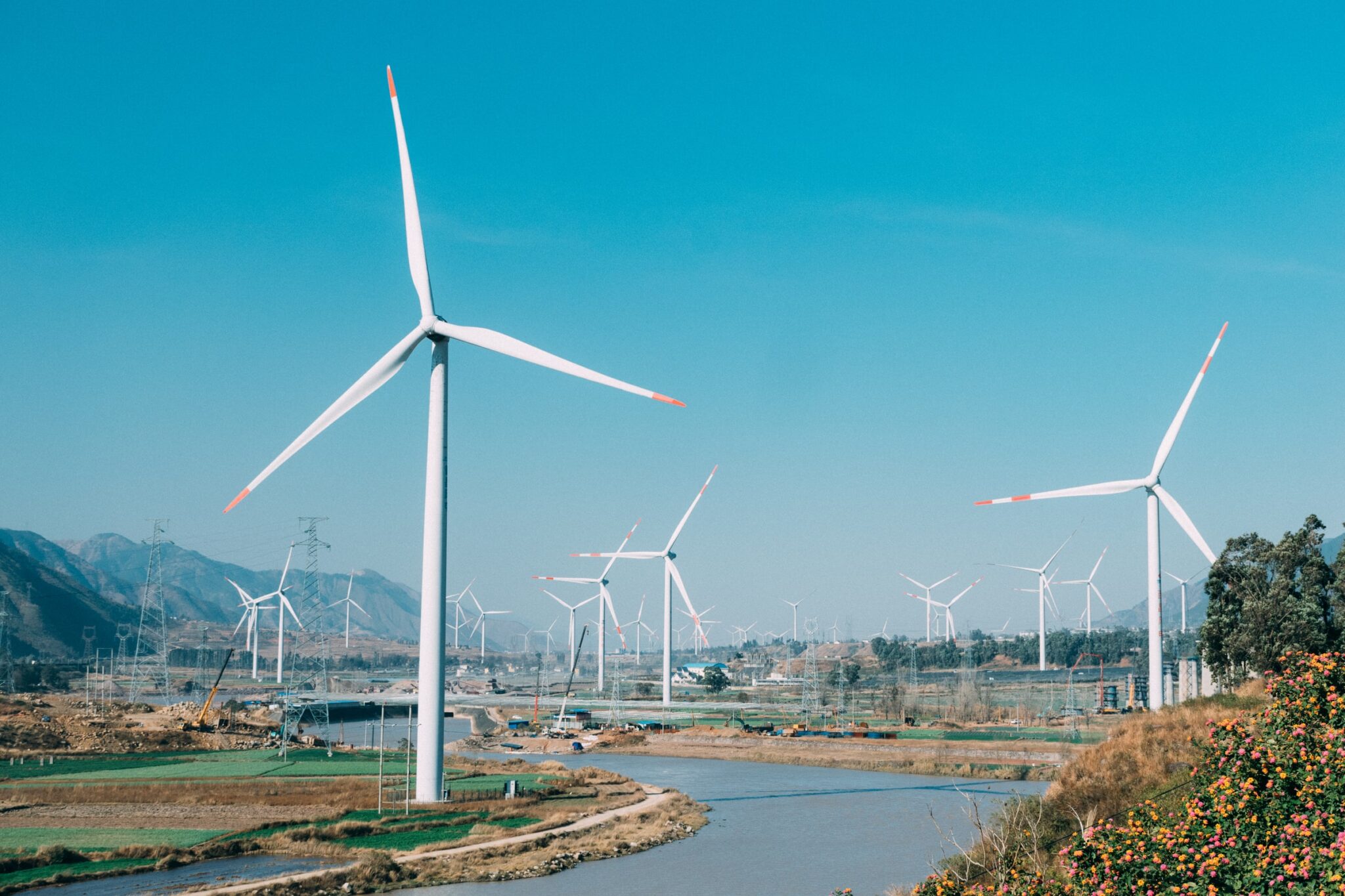
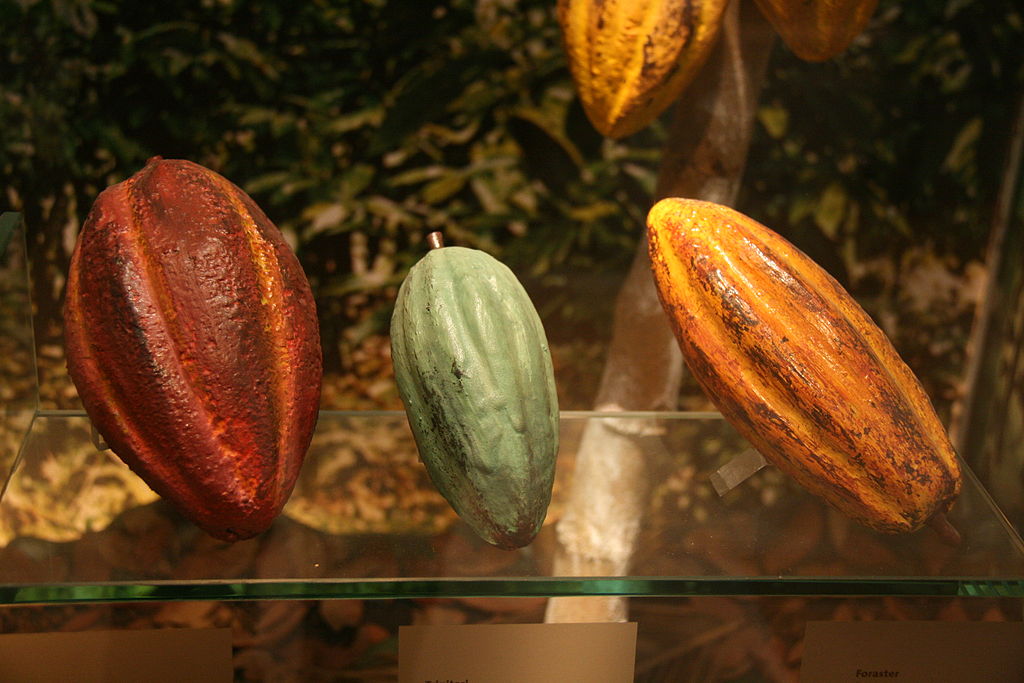
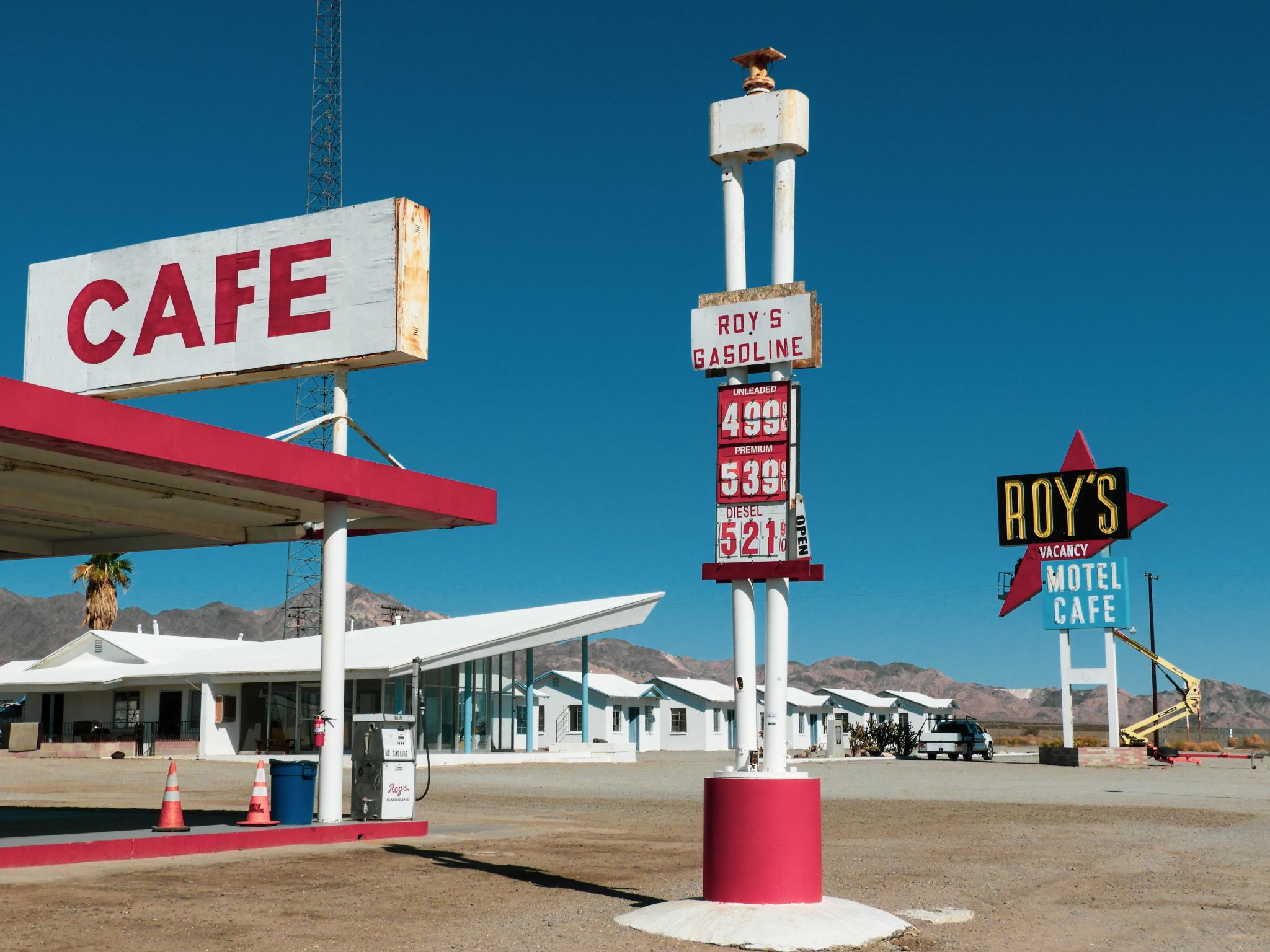
Great article. Many thanks from S. Korea.
I’d love to visit here often as I can.
Thanks Siris!
CTG